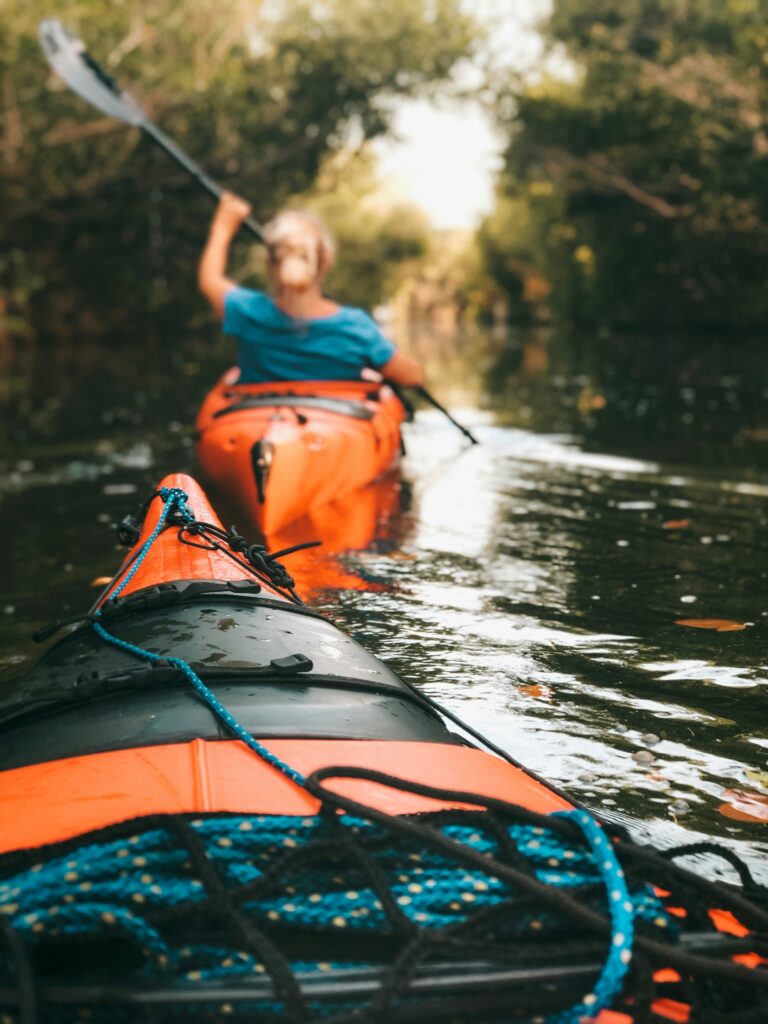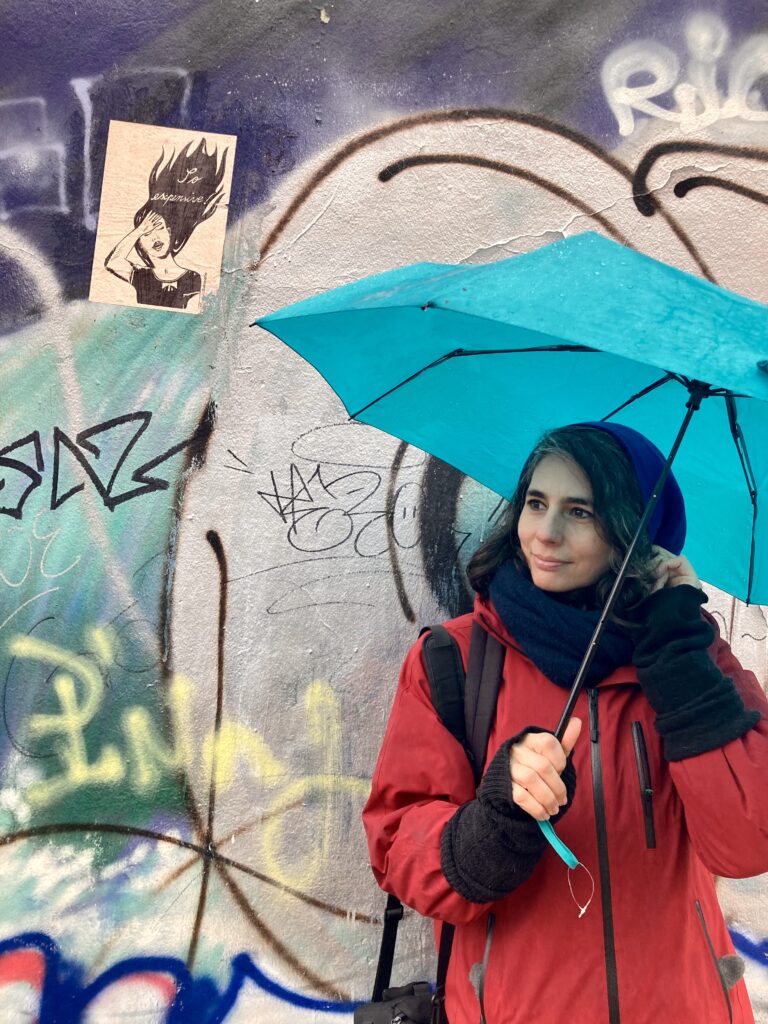In the hustle and bustle of our daily lives, we often find ourselves swept away by the fast and sometimes turbulent river of emotions and stress. At English Yoga Berlin, we believe that resourcing is an invaluable technique that empowers us to navigate this overwhelming river with resilience. Today, we invite you to explore the concept of resourcing, inspired by the insights gained from Legacy Motion’s ‘Understanding Trauma for Safer Spaces’ course. By taking just ten minutes to identify your personal resources, you can make a significant difference in your well-being. We are excited to bring this transformative practice into our classes, sharing the wisdom we’ve gained to create a supportive and nurturing space for all.
What is a Resource?
A resource, in the context of the nervous system, is anything that helps us navigate or be present with the overwhelm. The key lies in recognizing these resources and utilizing them consciously when needed.
When should I Resource?
The beauty of resourcing lies in its accessibility and simplicity. You can turn to your resources whenever you feel yourself getting activated, when things seem to be moving too fast, or when you need a moment to process something. It’s about taking a pause, regaining your strength, and preparing to face the next part of the river.

Tara Brach describes resourcing in one of her podcasts by using the example of kayaking.
Imagine navigating down a river in a kayak. Sometimes the river moves swiftly and violently. In those cases, we might take refuge behind a rock. This provides a brief pause, allowing us to consider how to deal with the situation, strengthen ourselves, and then navigate the next part of the river. The kayak is our vessel, but the true resource is found in the refuge behind the rock, where we find a moment of solace and empowerment.
Three Types of Resources:
Internal Present:
This type of resource emanates from within, in the present moment. It can be the most challenging to access, especially for individuals with trauma. Examples include taking deep breaths to ground yourself in the now or using the RAIN meditation.
External Present:
Resources from the external environment can provide a valuable anchor. Engage your senses – sight, smell, touch, sound – with a simple practice like the 54321 technique. This brings you back to the present moment, offering a momentary escape from the overwhelm.
Internal Past:
Delve into your internal past for resources by remembering something comforting or grounding. It could be visualizing a safe space that you have experienced or recalling a song that gives you strength – these memories serve as powerful tools to navigate the river of emotions. In times of overwhelm, these internal past resources become like anchors, grounding you and providing the stability needed to navigate the twists and turns of life’s currents.
Embracing Conscious Resourcing
Resourcing is a technique we all inherently know how to do. The key difference lies in elevating it from unconscious use to conscious application. Take ten minutes today to create a list of your personal resources. In moments when our nervous system feels overwhelmed, it’s common to forget what could be helpful. Having a prepared list and using it consciously can make a significant difference.
Consider finding at least two or three resources for each type – internal present, external present, and internal past. This ensures that you have a diverse set of tools to rely on, enhancing the effectiveness of your resourcing practice. Remember, the power of resourcing lies not only in its simplicity but in the conscious and intentional application of these tools when you need them the most.
Finally…
As you navigate the river of overwhelm, remember that your kayak is equipped with the strength of your own resources. Embrace the journey, pausing behind the rocks, and emerge stronger, ready to navigate the next twist in the river of life.
Stay tuned for the upcoming blogs in a three part series, where I’ll be sharing my personal list of resources—Internal Present, External Present, and Internal Past. Join me in exploring these practices and let’s inspire each other to cultivate our unique toolkits for resilience.
Pinelopi embarked on her yoga journey in 1999, completing a 600-hour Hatha Yoga Teacher and Vedantic Philosophy Training course in Valencia, Spain. She founded English Yoga Berlin in 2010, and now has over 15 years of experience as a full-time yoga teacher.
She deepened her knowledge by studying Yoga Anatomy with Leslie Kaminoff. Additionally, she trained with David Moore and attended his “Injury-free yoga” workshops, integrating the Alexander Technique into yoga poses. This comprehensive training enriched her expertise in both fields.
In January of 2023, Pinelopi achieved a significant milestone by becoming a certified Alexander Technique teacher. This was an intensive training for 3.3 years, totaling 1600 hours of dedicated study with Jorg Aßhoff.
Pinelopi’s ergonomic consultations integrate anatomy, Alexander Technique, and yoga’s mind-body understanding. Her holistic approach optimizes well-being in the workplace through comprehensive guidance.
She has completed training in ‘Understanding Trauma for Safer Spaces’ with Legacy Motion and ‘Somatic Embodiment and Regulation Strategies’ with Linda Thai. Her meditation philosophy is deeply inspired by Tara Brach, particularly the RAIN meditation. She is also the author of a children’s book, ‘The Magic of Rain,‘ which introduces the RAIN meditation to children and their grown-ups. It will be published in 2025 by Mango Publishing.






